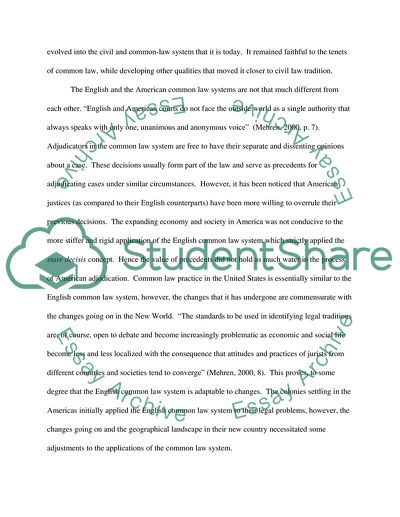Cite this document
(Mediation and the Alternative Methods of Settling Disputes: the Research Paper, n.d.)
Mediation and the Alternative Methods of Settling Disputes: the Research Paper. Retrieved from https://studentshare.org/law/1719566-comparative-legal-system
Mediation and the Alternative Methods of Settling Disputes: the Research Paper. Retrieved from https://studentshare.org/law/1719566-comparative-legal-system
(Mediation and the Alternative Methods of Settling Disputes: The Research Paper)
Mediation and the Alternative Methods of Settling Disputes: The Research Paper. https://studentshare.org/law/1719566-comparative-legal-system.
Mediation and the Alternative Methods of Settling Disputes: The Research Paper. https://studentshare.org/law/1719566-comparative-legal-system.
“Mediation and the Alternative Methods of Settling Disputes: The Research Paper”, n.d. https://studentshare.org/law/1719566-comparative-legal-system.


